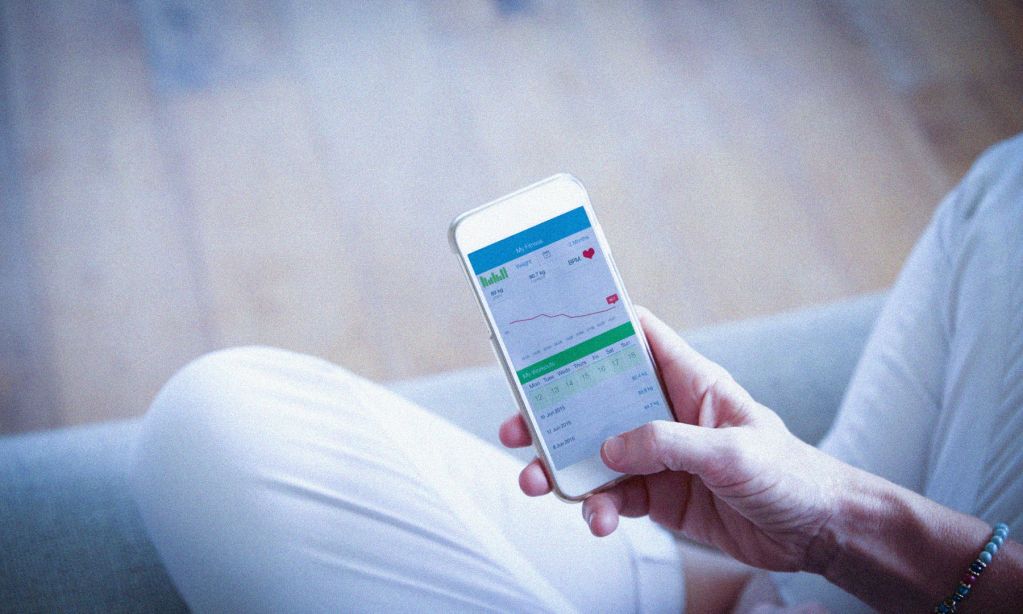As places of learning, public schools are complex spaces shaped by patterns of financial austerity. But years of chronic underfunding also impact schools as places of work. Results show up in the working conditions and rates and severity of occupational mental health hazards, mushrooming rates of exposure to violence, bullying and harassment, job precarity and impossible job expectations.
These unaddressed issues too often become the status quo and, over years, continue to compound. The patterns show up in sustained fatigue due to understaffing and high workloads with increasing—often gendered—expectations of more and more unpaid time spent “pitching in” at school; crushing inability to fully meet student learning needs with the required emotional labour, sustained energy, time and compassion; and the creeping normalization, across all roles, of irregular and unstable job status in schools.
Ask a school support staff worker or teacher about their daily job conditions, over the last three years in particular, and descriptions are likely to demonstrate a notable absence of the things that improve the mental health of staff. These would include effective workload management, adequate protection of physical safety, civility and respect—all of which the voluntary National Standard of Canada and the Mental Health Commission of Canada identify as part of 13 specific factors of psychologically safer workplaces.
Incidents of occupational exposure to violence in school settings are increasing in several provinces. For instance, a May 2023 survey conducted by the Elementary Teachers Federation of Ontario found over two thirds of their members had experienced increases in the rate and severity of violence since the start of the COVID-19 pandemic. The survey also found that understaffing of educational assistants, social workers, and child and youth workers meant needs during the school year went unmet.
But not to worry. All that’s needed to address risks and improve occupational health outcomes for staff and even their families are better wellness practices based on science-backed research. It’s a broken, corporatized mental health approach that gets applied to all kinds of workplaces, from school boards to major financial institutions.
Neoliberal solutions: there’s an app for that
The underpinnings of this approach were strikingly evident in the announcement made last year by a major Canadian bank, conspicuously timed to coincide with World Mental Health Day. The press release boasted a new North America-wide initiative that “helps remove some of the barriers that employees may face in prioritizing their mental health.”
The big offering being celebrated was a subscription to a wellness app, the result of a formal partnership between the bank and Headspace. The Headspace app promises to provide access to exercises for stress, focus, sleep, and movement and help users “get through tough times and find joy in every day.”
It’s a message and logic that, while perhaps not as flashy and corporate in its presentation, is still very much present in the K-12 education sector.
Neoliberal strategy: anything but eliminating dangerous conditions
Is there anything inherently awful about using app-based technology for making education and other workplaces safer?
A secure mobile platform for confidentially reporting violence or harassment? Great—it may also potentially remove barriers to reporting. An easy way to check in with your supervisor regularly when working alone in an isolated location? Useful, especially with increasing hybrid work.
A tool for documenting instances of understaffed shifts? Great, and let’s make it easy to do data pulls for prevention of workload related hazards.
But the tools being prescribed to workers by CEOs and marketed to public school boards by app developers are neoliberal answers to the wrong question.
Santa Monica-based Headspace offers free access to K-12 support staff and teachers in the US, UK, Canada, and Australia. San Francisco-based Calm offers to “develop effective mental wellness habits that continuously support your employees’ learning and exploration”. Montreal-based Teacher App—TAPP—(whose CEO aims to “partner with school boards nationwide”) was developed by a teacher and brands itself the first “digital, one-stop-hub for all community, mental health, and wellness needs curated for educators.”
Curated. Wellness. Habits. It sounds great. But the focus is all on the responsibility of the individual worker to “feel better” or “do better”—none of these apps focus on providing digital support for monitoring and prevention measures to help ensure psychologically healthy workplaces.
The wrong questions lead to inevitable non-answers: bring on the digital version of guided meditation in the staff lounge.
Neoliberal analysis: careless workers needing behavior change
Nothing has more impact on psychological safety at work than the elimination of hazards by the party that has the power, capital and operational ability to do so; employers. And the best way to achieve this is with active and informed worker participation.
However, Occupational Mental Health almost exclusively prescribes behaviour change to staff, which conveniently bypasses employer obligations when it comes to the conditions of work. And what is reinforced (by employers and corporations) is the narrative of benevolent (parental) employers having to help careless workers take better care of their own mental health.
Attributing cause to workplaces
According to Statistics Canada’s 2004 General Social Survey on victimization, 17% of self-reported incidents of violent victimization in Canada happened at the workplace, adding up to 356,000 violent workplace incidents in the 10 provinces.
A 2021 study by the The Australian Institute and the Centre for FutureWork found that 15-45% of mental health problems experienced by employed people in Australia are attributable to conditions in their workplaces.
Clearly, any effective solutions to violence or victimization must address workplace conditions.
Worker-centric alternatives and regulatory frameworks
The same 2021 Australian study also revealed that while the country’s occupational health and safety laws have been able to reduce physical injuries and illness through mandating “explicit and well-enforced responsibilities on employers to systematically identify and remove risks from their operations…an equally rigorous approach has not been applied to reducing workplace mental health risks.” The review of existing legislative frameworks found asymmetrical approaches to physical injuries and psychological and illness through mandating “explicit and well-enforced responsibilities on employers to systematically identify and remove risks from their operations…an equally rigorous approach has not been applied to reducing workplace mental health risks.” The review of existing legislative frameworks found asymmetrical approaches to physical injuries and psychological ones.
In addition to treating psychological injury with the same rigour as its physical equivalents, it’s critical to reframe the questions being posed. Rather than asking, “how can we help staff make more time for mental self care?” employers need to ask themselves: “what mental health hazards can we identify, monitor and eliminate to fulfill our obligation to provide safe workplaces?”
Psychologically harmful and toxic workplace practices also need to be addressed through existing health and safety legislation and regulatory frameworks. Violence and psychological harassment prevention therefore must continue to be integrated into existing provincial and territorial occupational health and safety regulations. This has only started happening recently in Canada.
Beginning with 2004 changes introduced to Quebec’s Act Respecting Labour Standards, protection from psychological harassment moved from the domain of human rights legislation to labour law. Later in 2007, Saskatchewan became the first province to integrate the prevention of harassment into health and safety legislation. In May 2023 the province further amended provisions to require all employers to use workplace violence prevention policies. Schools and educational institutions in Saskatchewan, along with all other employers, have until May 2024 to create and implement prevention policies.
As part of her public response to the announcement, Saskatchewan Federation of Labour President Lori Johb remarked, “The worker can really only respond to violence. It’s up to the employer to prevent it.”
Johb’s statement of fact should continue to shape how we address workplace mental health. Workers can react, recover, cope and bear with violence, stress, burnout and other psychological hazards through self-regulation and self care practices, but only employers have the organizational capacity and structural power to prevent injury in the first place.
Education sector employers can take other actions to address risks including:
- hiring more people so work can be done more safely (including in critical roles like educational assistants, social workers and youth workers who were identified in the 2023 EFTO survey to be “often not available to educators and students”).
- ensuring that weekly schedules have time and space to implement the big and small parts of existing school safety policy like filing reports and doing site visits to field trip locations.
- providing conditions to organize the delegation and flow of work differently so the intensity of work cycles are reasonable with short and predictable periods of high volume.
Employers can take appropriate, fair and collectively negotiated steps to address bully management cultures for supervisors and staff who refuse to stop violating anti-bullying and harassment rules. These are all actions within their control and obligation, supported and informed by staff participation and insights.
And while apps and subscription-based digital tools can help individual school staff build new muscles to cope with the stressors of life, they don’t have the capacity to address collective workplace health or make school worksites any less toxic by themselves. Only solidarity-based resistance to standards that are less than enforceable, measurable, or meaningful will make a real difference.
And there’s no app for that.







